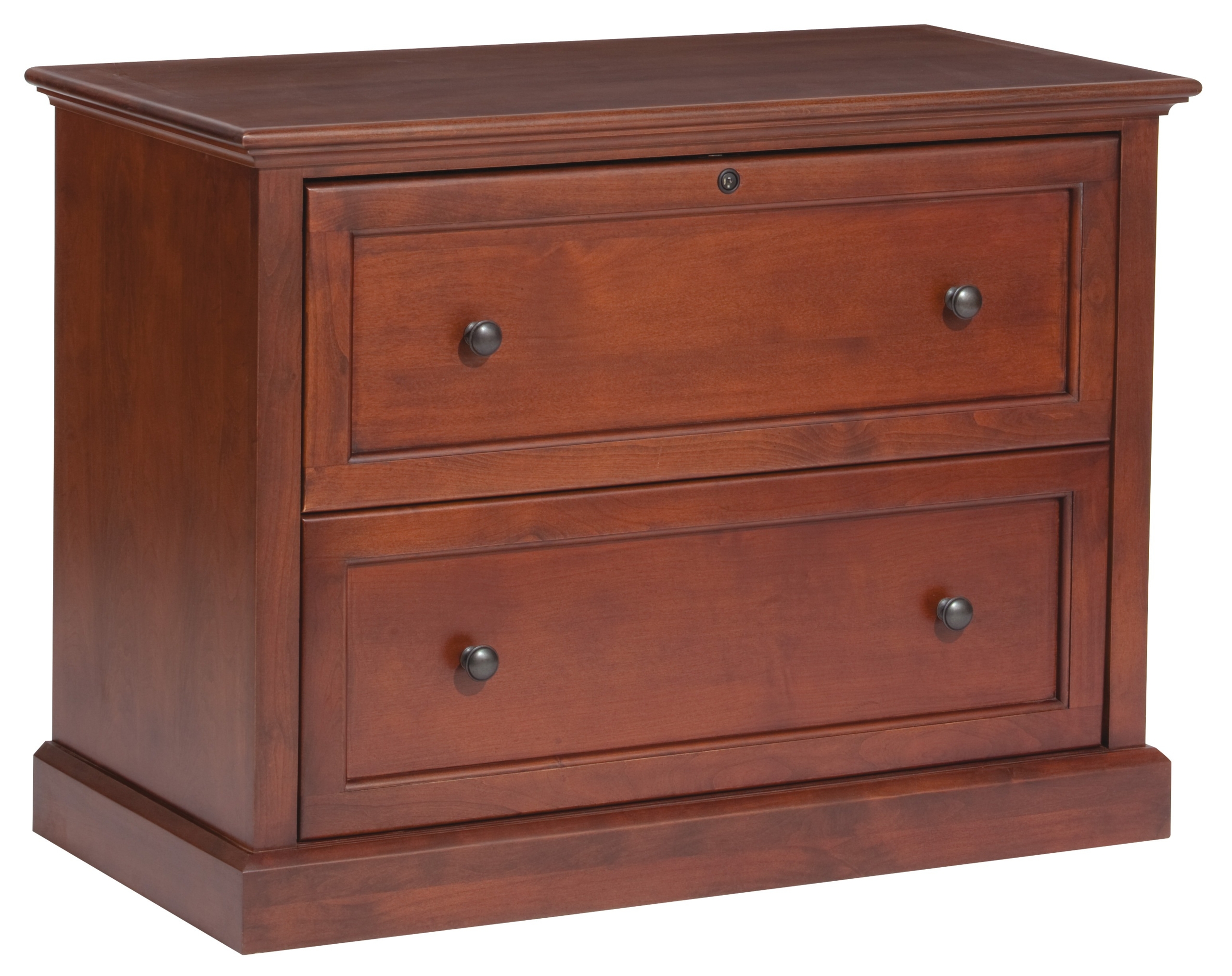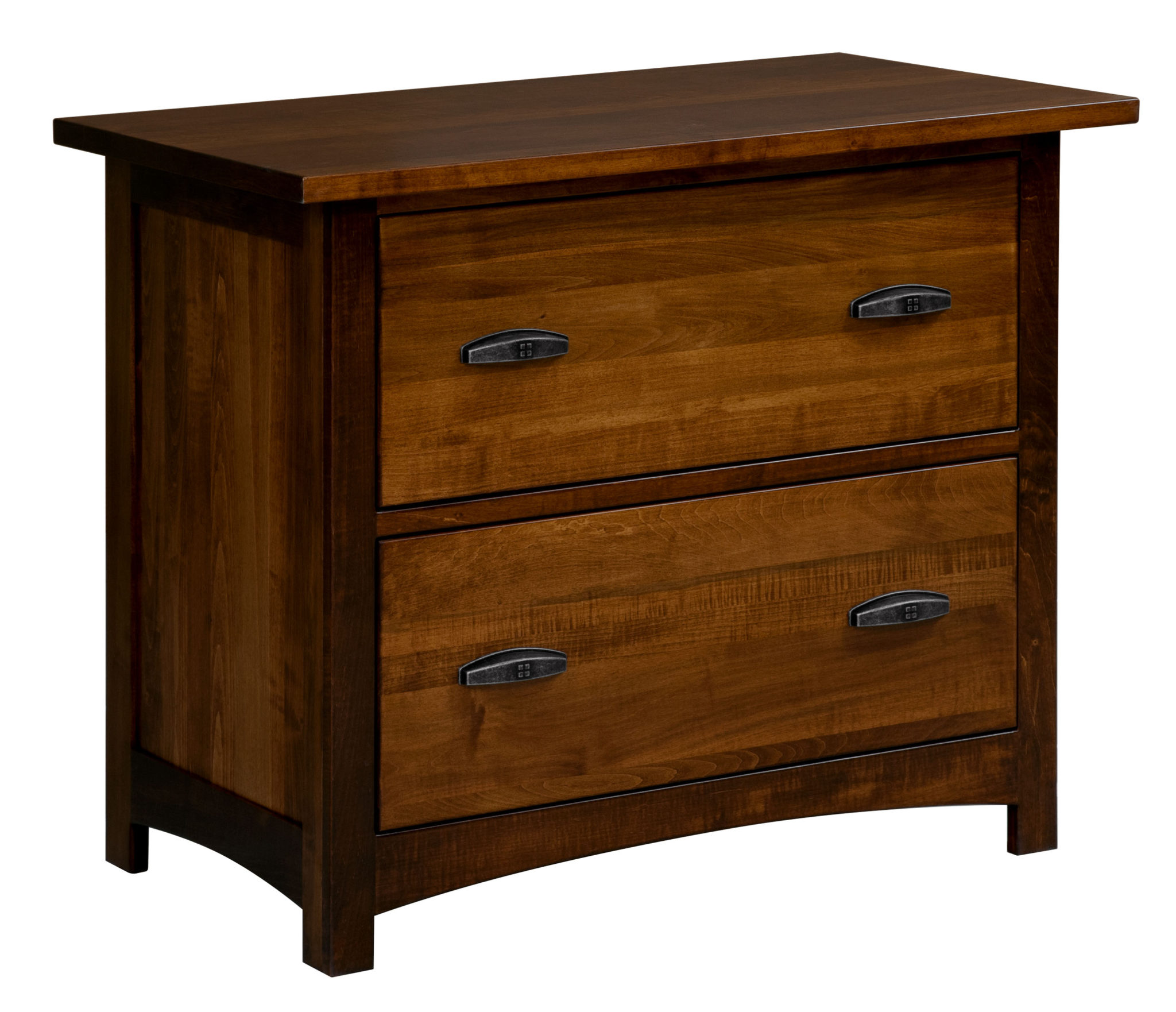Choosing the Right Solid Wood File Cabinet

Solid wood file cabinets offer a blend of durability, elegance, and timeless appeal. When choosing the right one, careful consideration of your specific needs is crucial to ensure it seamlessly integrates into your workspace and serves you effectively for years to come.
Determining the Right Size and Configuration
The size and configuration of a solid wood file cabinet are paramount. A cabinet that’s too small might leave you cramped and struggling to store everything, while one that’s too large can take up valuable space. The ideal file cabinet should strike a balance between ample storage capacity and efficient use of your workspace.
Here’s a guide to help you determine the right size and configuration:
- Assess Your Filing Needs: Begin by carefully evaluating the volume of documents you need to store. Consider factors like the size of your files, the number of active files, and the frequency of file access. This assessment will help you determine the number of drawers required.
- Measure Your Available Space: Measure the area where you intend to place the file cabinet, taking into account any obstructions or limitations. This will help you determine the maximum width, depth, and height that can be accommodated.
- Consider Drawer Configuration: File cabinets come in various drawer configurations, such as single-drawer, two-drawer, three-drawer, and even four-drawer models. The number of drawers you need will depend on your filing needs and available space.
- Think About Functionality: Some file cabinets offer additional features, such as lockable drawers for sensitive documents, adjustable shelves for flexibility, or even built-in organizers to enhance organization. Consider what features are essential for your specific needs.
Maintaining and Caring for Your Solid Wood File Cabinet

A solid wood file cabinet is an investment that can last for generations if properly cared for. Regular maintenance will preserve its beauty and functionality, ensuring it remains a cherished part of your home or office for years to come.
Cleaning and Maintaining Your Solid Wood File Cabinet
A clean and well-maintained solid wood file cabinet will retain its natural beauty and structural integrity. Follow these steps to keep your cabinet looking its best:
- Dust Regularly: Dusting is the first line of defense against dirt and grime accumulating on the surface. Use a soft, dry cloth or a feather duster to gently remove dust from all surfaces, including drawers, handles, and carvings. Avoid using abrasive cloths or harsh chemicals that can damage the finish.
- Clean Spills Immediately: Accidents happen, but it’s important to clean up spills promptly to prevent staining. Use a damp cloth to blot up the spill, then dry the area thoroughly with a clean cloth. For sticky spills, you can use a mild soap solution, but be sure to rinse it off completely and dry the surface afterward.
- Polish Periodically: To enhance the shine and protect the wood, polish your file cabinet with a wood polish designed for your specific finish. Apply a thin layer of polish with a soft cloth, working in the direction of the wood grain. Let the polish dry completely before using the cabinet.
- Waxing for Protection: For added protection, consider waxing your file cabinet every few months. Wax creates a protective barrier against scratches and water damage. Apply a thin layer of wax with a soft cloth, buffing it to a shine.
- Avoid Harsh Chemicals: Avoid using harsh chemicals, cleaners, or solvents on your solid wood file cabinet. These substances can damage the finish, dull the wood, and even cause warping or cracking.
Preventing Scratches, Dents, and Other Damage, Solid wood file cabinet
Scratches and dents can mar the beauty of a solid wood file cabinet. Here are some tips to protect your cabinet from these common forms of damage:
- Use Furniture Pads: Place furniture pads on the bottom of the file cabinet to prevent scratching the floor. This is especially important if your cabinet is on a hardwood or tile floor.
- Protect Edges and Corners: Use corner guards or bumpers to protect the edges and corners of your cabinet from bumps and knocks. These protective measures can prevent dents and scratches that can occur during everyday use.
- Handle with Care: Always handle your file cabinet with care. Avoid dragging it across the floor or bumping it against walls or other furniture.
- Avoid Overloading Drawers: Overloading drawers can cause them to sag or warp, which can damage the cabinet’s structure. Distribute weight evenly and avoid exceeding the drawer’s weight limit.
Ventilation and Humidity Control
Proper ventilation and humidity control are crucial for maintaining the structural integrity of your solid wood file cabinet. Extreme temperature fluctuations and humidity levels can cause warping, cracking, and other damage to the wood.
- Maintain a Consistent Temperature: Avoid placing your file cabinet in areas with extreme temperature fluctuations, such as near radiators, fireplaces, or windows. Aim for a consistent room temperature between 65-75 degrees Fahrenheit.
- Control Humidity Levels: Wood is susceptible to changes in humidity. Ideal humidity levels for wood are between 40-60%. Use a humidifier or dehumidifier to regulate humidity levels in your home or office.
- Avoid Direct Sunlight: Prolonged exposure to direct sunlight can fade the finish and cause the wood to warp or crack. Place your file cabinet in a location that receives indirect sunlight or use curtains or blinds to filter the light.
